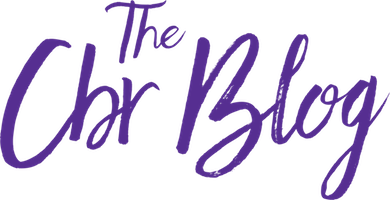Stem Cell Awareness Day is the perfect time for a quick refresher about the far-reaching benefits of preserving newborn stem cells. Incredibly valuable from day one, the life-changing potential of cord blood stem cells and cord tissue stem cells increases every year as researchers discover ground-breaking, new medical treatments aimed at improving the health of your entire family.
As complicated as the science behind stem cell-based transplant and regenerative medicines appears it all starts with just two remarkable cells: HSCs and MSCs. Here’s a simple explanation to help you, as well as interested friends and family, better understand the basic elements of the medical world’s most exciting treatment breakthroughs.
HSCs – a remarkable start
Hematopoietic stem cells (HSCs) come from the blood left inside a baby’s umbilical cord at birth. Cord blood stem cells have been successfully used in transplant medicine for over 30 years.1
HSCs are currently used to treat over 80 conditions, ranging from blood disorders and cancers to immune and metabolic disorders. The ability of HSCs to regenerate healthy blood and immune systems has revolutionized the treatment of sickle cell anemia, leukemia, lymphoma, Tay Sachs, Krabbe disease, and severe combined immunodeficiency, among many other conditions.
More than 100 studies are being conducted worldwide to explore cord blood’s role in regenerative medicine.2 Early findings indicate HSCs may be beneficial in the treatment of conditions like autism, cerebral palsy, pediatric brain injuries, and type 1 diabetes to name a few.
MSCs – the next big step
Mesenchymal stem cells – more commonly referred to as MSCs – come from the baby’s umbilical cord tissue. These cells offer an exciting new area for research as MSCs show great promise in regenerative medicine due to their ability to regulate the body’s immune response, reduce inflammation, and stimulate tissue repair.
Over 200 clinical trials are now underway exploring the potential of cord-tissue-derived MSCs for treating tissue and organ damage as well as a host of autoimmune, orthopedic, cardiovascular, and neurological conditions.2 These include osteoarthritis, stroke, ALS, Alzheimer’s disease, and spinal cord injury. Early research findings show that MSCs may lead to better regenerative therapies than HSCs.
While MSCs are still being researched today, preserving cord tissue stem cells means families will have access to additional, previously unknown treatment options in the future.
A day to celebrate science and wise choices
Stem Cell Awareness Day reminds us that we live in a remarkable time, one that offers new treatment options for our children, our families, and ourselves. Whether you’re planning to or have already preserved your child’s newborn stem cells, it’s reassuring to know that researchers, medical professionals, and CBR scientists are working together to provide a healthier future for us all.
Help spread the word about Stem Cell Awareness Day. Share this blog with friends or family who are expecting. Refer them to CBR through your online account. And, if you’re expecting, be sure to sign up today.
References:
1. Ballen K. Update on umbilical cord blood transplantation. F1000Res. 2017;6:1556. doi: 10.12688/f1000research.11952.1. 2. Verter, F., Couto, P. S., & Bersenev, A. (2018). A dozen years of clinical trials performing advanced cell therapy with perinatal cells. Future Science OA, 4(10). doi: 10.4155/fsoa-2018-0085



Can you send me any & all research you have on stem cell therapy for Multiple Sclerosis.
Take a look at this article about an MS study: https://blog.cordblood.com/2021/03/new-study-stem-cells-can-help-induce-ms-remission/
How do I connect with someone from your organization to ask about our personal storage at your lab?
Please give us a call. Or feel free to chat with us directly on our website
I have had cancer. Might need a liver transplant. We have saved my son’s cord blood thru you. Will it help me & my liver issues?
Hi Buddy, Hi. We’re sending our best to your family. 💜💜 Please consult your treating physician. And you may want to fill out this form so one of our clinical specialists can call you to review the information in more detail: https://www.cordblood.com/client-center/#/login?page=adv-science
Hello, my husband, Ronnie, had a hemorrhagic brain stem stroke will be 8 yrs ago in June. He did receive his own stem cells 4 yrs ago with no positive results. His deficits are many; facial droop, vision impaired, speech dysarthria, balance & coordination. Ronnie has continued with physical therapy non stop and occupational therapy. He is a strong man about 175 at 5’ll. He has his cognitive abilities. Have you had any patients with this type stroke come in for Cord Tissue Derived MSCs ? And what were the results?
Our dedicated team of clinical specialists are here to help. They can answer any questions you may have about your family’s medical history, as it pertains to newborn stem cells, or using your stored cord blood. Please give us a call or send us an email so we can learn more about your husband’s case.